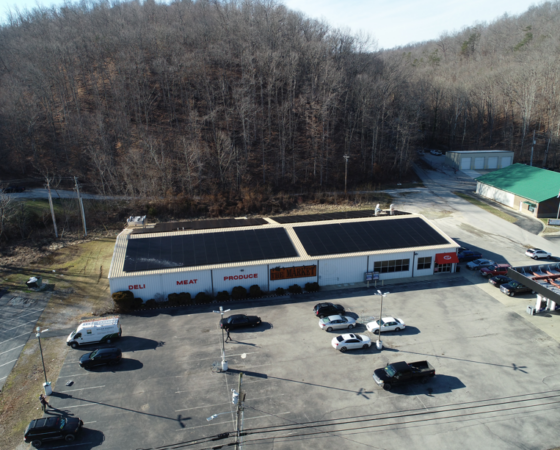A recent study released by Lawrence Berkley National Laboratory evaluated the impact of wind power on residential property values, examining the sales of nearly 7,500 homes located within 10 miles of existing wind facilities throughout nine different states. Research found:
- The various analyses are strongly consistent in that none of the models uncovers conclusive evidence of the existence of any widespread property value impacts that might be present in communities surrounding wind energy facilities.
- Specifically, neither the view of the wind facilities nor the distance of the home to those facilities is found to have any consistent, measurable, and statistically significant effect on home sales prices.
While property values are not the only concern for residents facing the possibility of wind turbine development, the study should be reassuring to communities where projects are being considered that property values are not likely to be threatened by the construction of turbines. The study can be found here.
Wind generation is one of several technologies supported by advocates for renewable energy in Central Appalachia. In an effort to make information about wind potential more accessible, the National Renewable Energy Laboratory has teamed up with Google to create the “In My Backyard” tool for calculating wind and solar potential. Anyone interested in assessing the renewable energy potential of their property can enter basic information into the tool, and receive an estimate of the energy and cost (based on different tax incentives) to install a solar or wind turbine.
Some groups are working to evaluate renewable energy at a larger scale than backyard generation. The JOBS Project, based in West Virginia, is working to advance renewable energy throughout Central Appalachia, promoting “community ownership” of renewable energy projects.
One of the region’s best-known potential wind projects, Coal River Wind , was recently featured on the international stage at the Copenhagen climate summit held in December.





